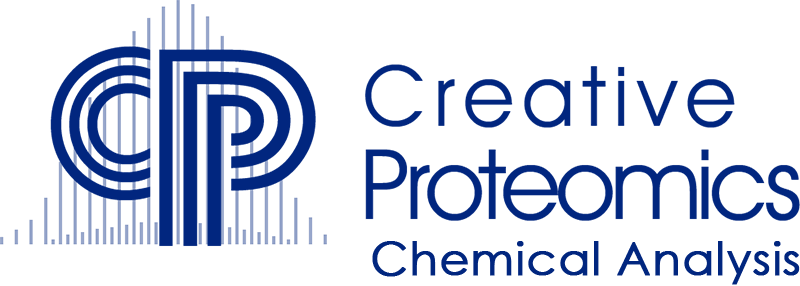Total Organic Carbon Analysis Service
Total organic carbon refers to the total carbon content of soluble and suspended organic matter in water. There are many types of organic matter in water, and it is not yet possible to isolate and identify all of them. The total organic carbon is measured by a special instrument-total organic carbon analyzer (TOC analyzer). The TOC analyzer oxidizes the total organic carbon in the aqueous solution to carbon dioxide and determines its content. The corresponding relationship between carbon dioxide and total organic carbon is used to quantitatively determine total organic carbon in aqueous solution.
Creative Proteomics provides total organic carbon analysis service. We can assist research and development enterprises in the development and quality control of new products. Our laboratory engineers provide consulting and testing services according to customer needs. Total Organic Carbon analysis report issued by Creative Proteomics is fair, scientific and accurate. We will strictly abide by the quality assurance/quality control plans and regulations of each country/region and your special requirements to provide you with technical support.
Available Detected Products
We can provide you with the following reagents for total organic carbon analysis service, including but not limited to:
| MATERIALS THAT CAN BE USED FOR TOTAL ORGANIC CARBON ANALYSIS |
| Total carbon dichloride | Sea water | Carbide | Cyanate | Cyanide |
| Carbon monoxide | Thiocyanate | Soil | Sediment | Water body |
Total Organic Carbon Analysis Service We Can Provide:
- Total organic carbon analyzer: A new generation of total organic carbon analyzer that integrates the robustness of the instrument, the accuracy of analysis and the ease of operation.
- Subtraction method: The water sample is injected into the high temperature combustion tube (900℃) and the low temperature reaction tube (150℃) respectively. The water sample passing through the high temperature combustion tube is catalyzed and oxidized at high temperature, so that both organic compounds and inorganic carbonates are converted into carbon dioxide. The water sample passing through the reaction tube is acidified to decompose the inorganic carbonate into carbon dioxide, and the carbon dioxide generated is sequentially introduced into the non-dispersive infrared detector to measure the total carbon (TC) and inorganic carbon (IC) in the water respectively. The difference between total carbon and inorganic carbon is the total organic carbon (TOC).
- Direct method: The water sample is acidified and then aerated to decompose various carbonates to generate carbon dioxide and drive them out, then inject it into a high-temperature combustion tube to directly determine the total organic carbon. However, due to the loss of volatile organic compounds in the water sample during the aeration process and measurement errors, the measurement result is only the organic carbon value that cannot be blown out.
- Conductivity method: Use ultraviolet lamps to convert organic matter in water into carbon dioxide, which dissolves in water to form carbonate ions. The conductivity is measured before and after the conversion of organic matter, and the increased carbonate content can be calculated by the difference in conductivity, and the total organic carbon in the water can be determined.
Turnaround Time: 7-10 working days (excluding special experiments).
At Creative Proteomics, our professional analysts can provide you with improved quality services to support your business. Our professional analysis platform can guarantee consistently accurate and detailed delivery. If the substance or item you want to test is not in the above content, please contact us. Our professionals will customize exclusive solutions for you. Creative Proteomics looks forward to cooperating with you.
Related Services


